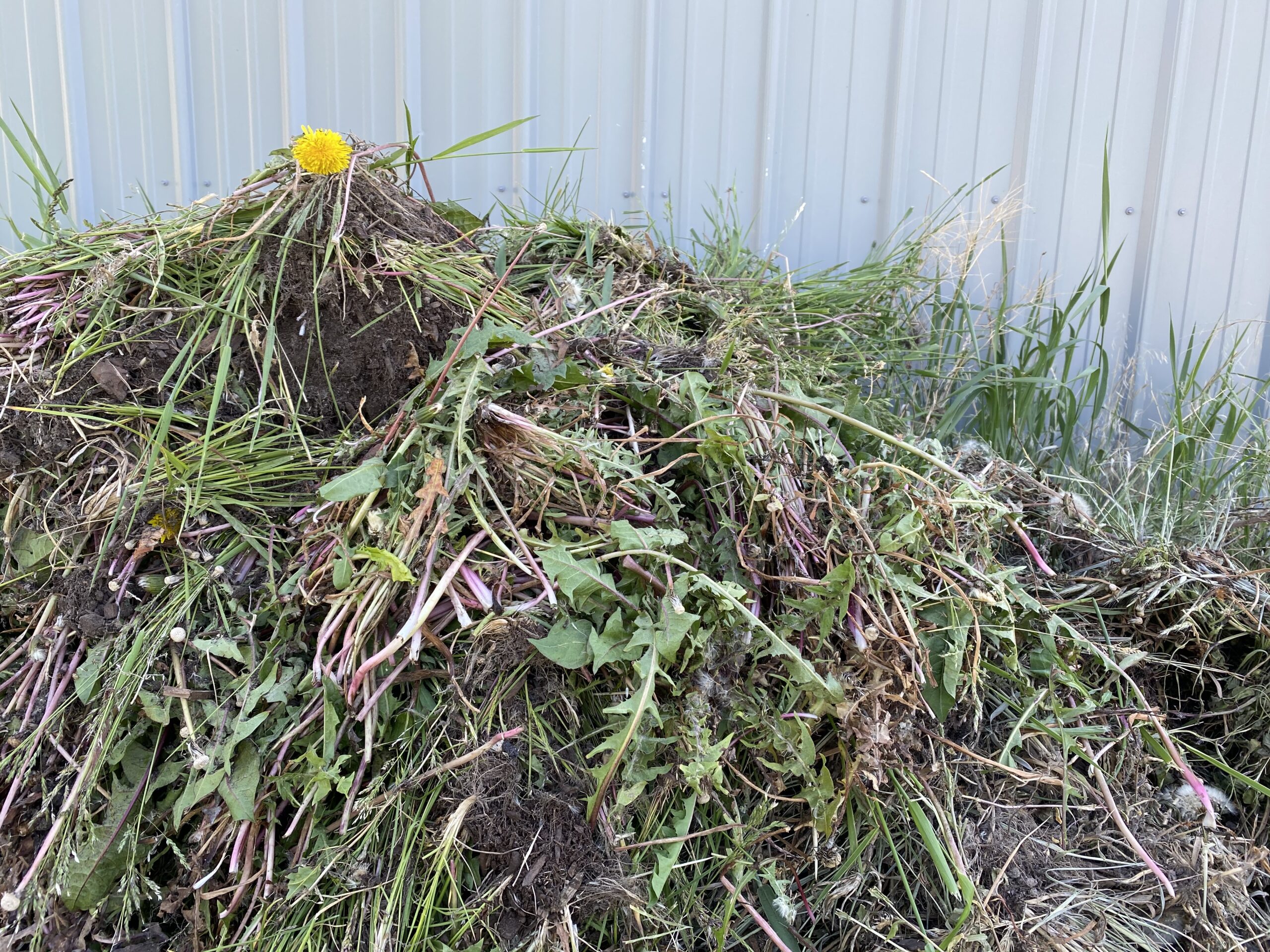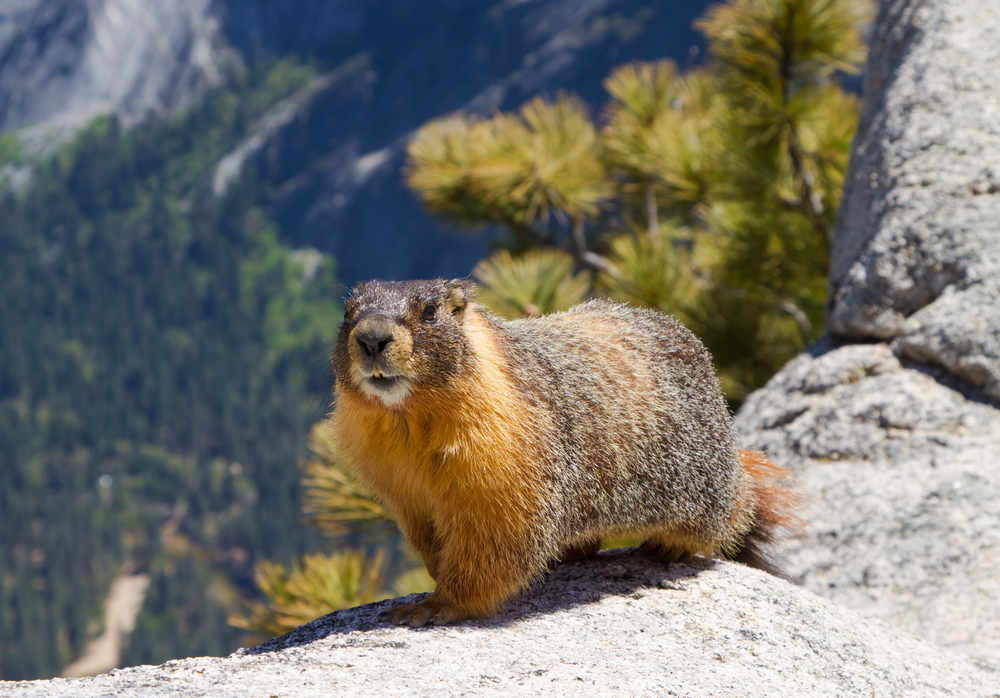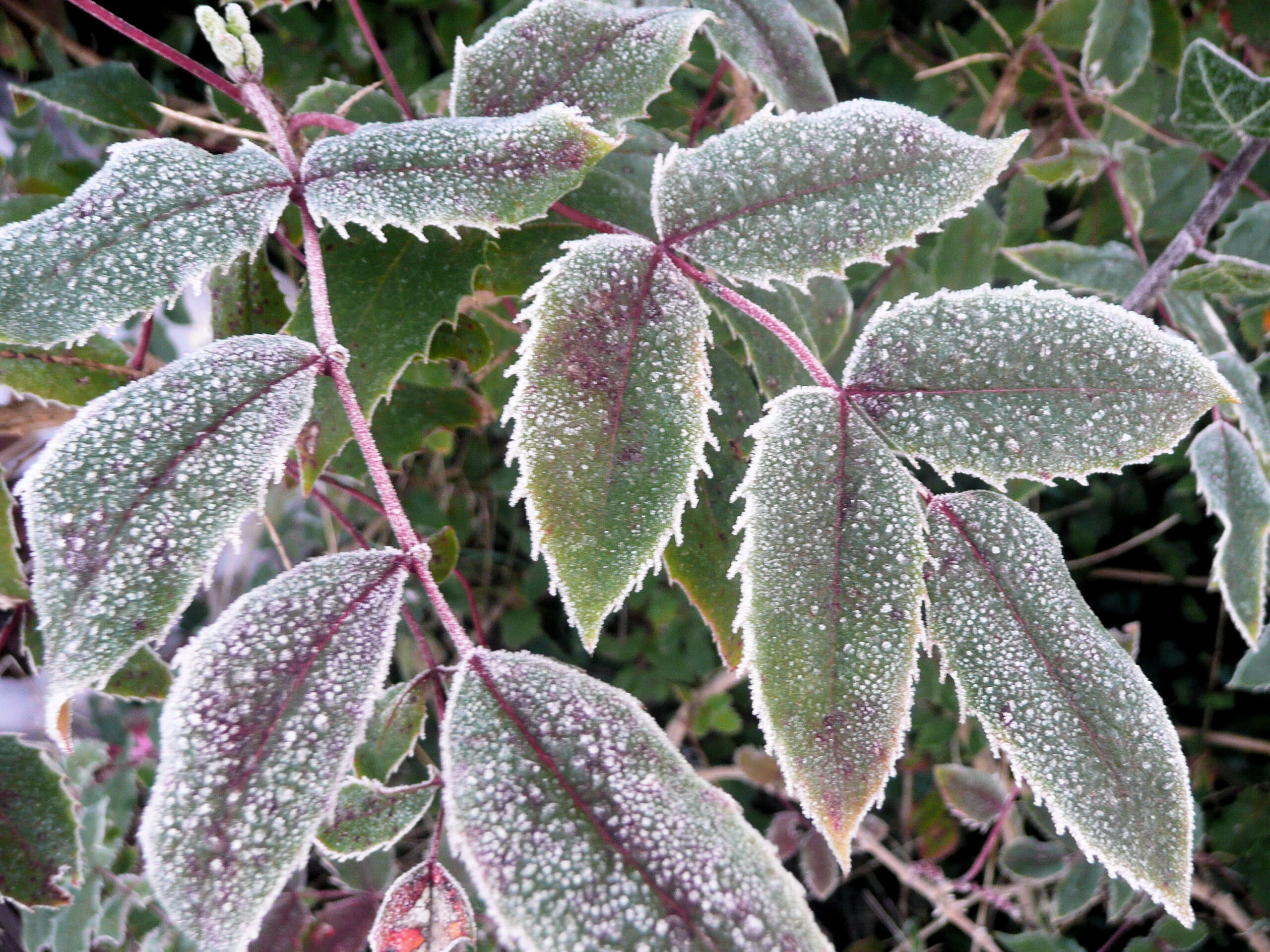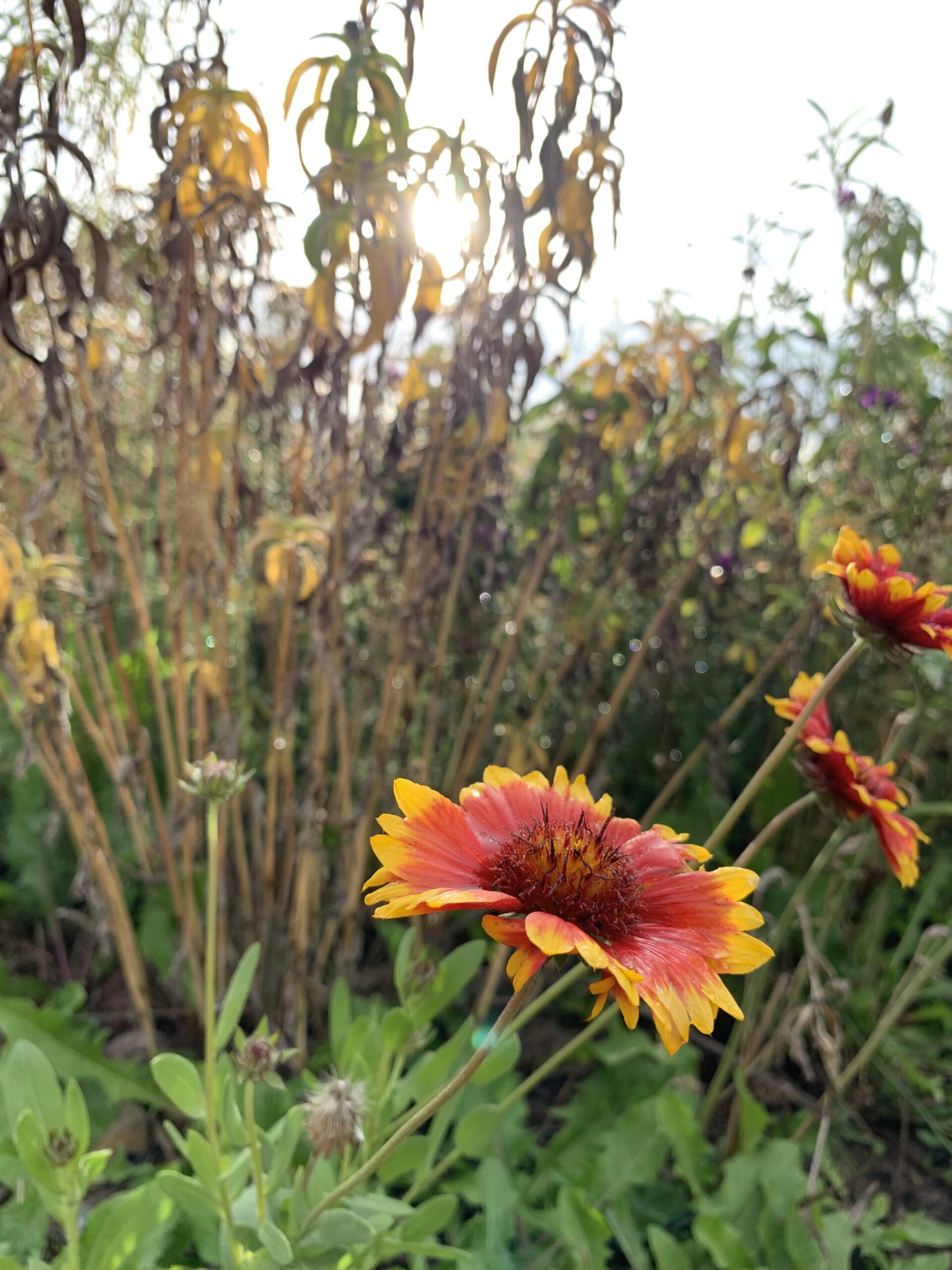By Jessie Walthers, Conservation Program Manager Groundhog Day. Who doesn’t love this most random of…

Composting to Kill Weeds and Disease
The growing season is on. As gardeners and landowners know all too well, growing season is all about managing desirable vs. undesirable growth. Weed control is a necessary chore to prevent competition in your garden, and to prevent habitat loss and nuisance infestations on your property. As you pull and mow weeds, you may be tempted to toss that plant material into the compost pile. Rather than haul it to the landfill, can you “upcycle” that nuisance biomass into an amendment for your garden? The answer to that question depends on how much work you are willing to do, and how much risk you are willing to take.
Weeds and undesirable plants that you have pulled from your garden may contain the following:
- Seeds or perennial roots that will come back in your compost; Some weeds (such as quackgrass and bindweed) spread using runners/rhizomes.
- Disease spores from fungi or bacteria that will persist in your compost.
- Pests that overwinter in your leaf litter or compost.
If it is early season and you have pulled tiny weeds with no seeds or signs of disease, this plant material is relatively low risk and can be added to your compost pile. If it is late season, plants have flower heads and/or have gone to seed, or have potential disease or blight, this plant material should only be added to compost if you can create the conditions necessary to kill weeds, seeds, and disease so that they do not persist.
Hot composting can be used to create an environment in your compost pile that is hot enough for long enough that thermophilic (heat-loving) bacteria can kill and decompose the seeds, roots, spores, and eggs. Temperatures must reach 140+ degrees Fahrenheit for about 2 weeks. To ensure that this process takes place evenly and effectively:
- Shred the plant materials.
- Balance the ratio of green (nitrogen-rich) and brown (carbon-rich) materials at 1 part green to 3 parts brown. Find out more about what and how much to compost here.
- Add water frequently.
- Turn your pile frequently to provide plenty of air.
Use a thermometer to monitor the temperature of your compost pile. All the material must be at the center of the pile where it’s active and temperatures are adequate for long enough. You must turn the pile so that the outer layers are cycled into the active area of the pile for an adequate period of time.
If the right conditions cannot be created within your compost pile, you must pretreat the materials that you plan to add. A few methods, or a combination of methods, can kill high-risk components and render materials safe to add to your compost pile:
Pretreat your weeds with heat and fermentation using one of these options:
- Solarize: Shred and stuff materials into black plastic garbage bags, place in full sun for a few days. High temperatures inside the bags will kill the materials, which can then be added to your compost pile.
- Ferment: Shred and stuff materials into a large container such as a plastic trash can with a lid. Step on the materials so that they really pack down. Add water to cover the packed materials, and then add some rocks or bricks on top to hold material down under water. Put a lid on top and leave it for a couple months. The environment in the container will deplete oxygen and cause fermentation that kills the materials. The materials can be added to your compost pile, and the liquid can be diluted and used as a plant food.
- Bake: Spread materials flat on a piece of metal in the sun and bake them to a crisp. Or convert a cold frame into a weed oven to bake materials at high temperatures. Once they are thoroughly scorched and dried, they can be added to your compost pile.
Never compost weeds that have been treated with chemical herbicide. The herbicide can persist in your compost pile and decimate your garden when applied. Chemical herbicides also persist through the digestion process of grazing livestock and remain active in manure. If planning to apply aged-manure compost to your garden, be sure to source it from animals that were not fed hay or pasture that contained plant material that has been treated with herbicide.
Even by diligently following these steps, you cannot be certain that everything has been killed. If any portion of the materials are not exposed to adequate conditions in your hot compost or pretreatment, or if the treatment does not take place for an adequately long period of time, then seeds, perennial roots, and disease will survive the process. Since there is no guarantee that treatment will be 100% effective, it may not be worth the risk to compost. Spreading compost that contains viable undesirable plant material and pathogens could create a bigger problem than the one you were trying to address. Remember, in Montana it is illegal to allow noxious weeds to propagate uncontrolled on your property. Before composting your weeds and garden waste, assess the risks and feasibility of treatment options.
If you’re interested in learning more about composting and weed control, check out our series of webinars and contact our office for additional resources.



